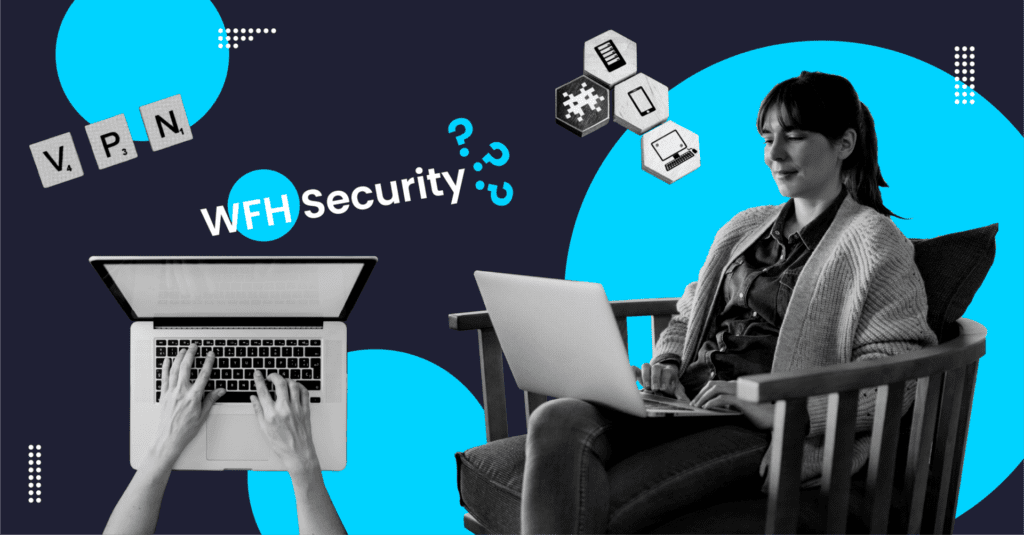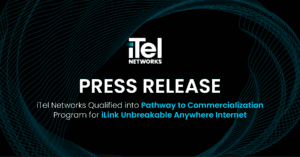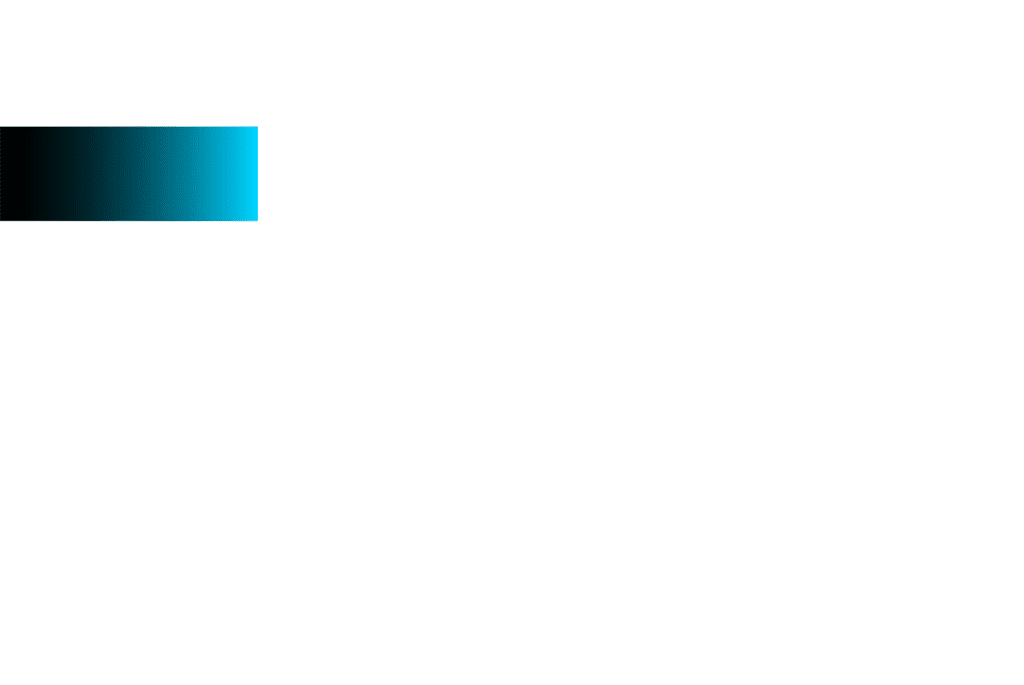The past few years have witnessed a significant shift towards remote work, driven by advancements in technology and the need for flexibility in the workplace. This transition has brought about a fundamental change in the way businesses operate, presenting both opportunities and challenges for IT managers and network professionals.
In this new paradigm, employees are no longer tethered to their desks within the confines of a corporate office. Instead, they are scattered across various locations, accessing sensitive company resources through multiple devices and network locations. While this flexibility has undoubtedly improved work-life balance and productivity, it has also challenged businesses in the way they implement network security.
Challenges in Securing Remote Networks
1. Expanded Attack Surface
With employees logging in from coffee shops, co-working spaces, and home networks, the traditional perimeter-based security model is no longer sufficient. Remote work environments introduce a multitude of potential entry points for cyber threats. This includes unsecured Wi-Fi networks, personal devices, and even public computers.
2. Endpoint Security
Securing individual endpoints, such as laptops, smartphones, and tablets, is paramount. These devices act as gateways to sensitive corporate data. IT professionals must ensure that each endpoint is equipped with up-to-date security software, firewalls, and encryption protocols. Additionally, implementing remote wipe capabilities can help mitigate the risk of data breaches in the event a device is lost or stolen.
3. VPN Vulnerabilities
While Virtual Private Networks (VPNs) have long been a staple of remote access, they are not without their vulnerabilities. IT managers should carefully evaluate and update their VPN configurations to ensure strong encryption, robust authentication mechanisms, and regular security audits. Additionally, considering alternative technologies like Software-Defined Perimeters (SDP) can offer a more secure and scalable remote access solution.
4. Phishing and Social Engineering
Remote workers are often targeted through phishing emails and social engineering tactics. Education and awareness programs are essential for training employees to recognize and report suspicious communications. Implementing email filtering and authentication protocols can also help prevent phishing attacks from reaching inboxes.
5. Data Privacy and Compliance
Maintaining compliance with industry-specific regulations and data protection standards is non-negotiable. IT managers must be well-versed in the legal requirements governing the handling and storage of sensitive information. Regular audits and assessments can help identify and rectify any potential compliance gaps.
Key Network Security Considerations for Remote Work
1. Multi-Factor Authentication (MFA)
MFA adds an additional layer of security by requiring users to provide multiple forms of authentication before gaining access to company resources. This could include something they know (like a password), something they have (like a token or smartphone), and even biometric data (like a fingerprint or facial scan). By implementing MFA, businesses can significantly reduce the risk of unauthorized access.
2. Zero Trust Architecture
In a zero-trust model, trust is never assumed, regardless of whether a user is inside or outside the corporate network. Every user and device is rigorously verified before access is granted. This approach minimizes the potential for lateral movement by attackers and limits the scope of any potential breaches.
3. Endpoint Protection and Monitoring
Robust endpoint security solutions are crucial for detecting and mitigating threats in real-time. These solutions offer continuous monitoring, threat detection, and response capabilities. With the proliferation of remote work, having visibility into the security posture of individual devices is paramount.
4. Secure Remote Access Solutions
Considering alternative solutions like Software-Defined Perimeter (SDP) can provide a more secure method for connecting remote workers to corporate resources. SDP solutions offer granular access controls, ensuring that only authorized users and devices can access specific resources.
5. Regular Security Audits and Patch Management
Continuous monitoring, vulnerability assessments, and timely application of security patches are essential components of a robust security strategy. Regular security audits help identify and address potential vulnerabilities before malicious actors can exploit them.
Get An Opinion From An Expert
In today’s dynamic work environment, adapting to remote work demands more than just a transition; it requires a strategic approach, where network security is pivotal for ensuring safe and efficient operations. This is especially true for IT managers and network professionals in medium to large enterprises, who must stay vigilant and embrace robust security measures to protect their networks and data.
Incorporating managed work-from-home solutions, like those offered by iTel Networks, can be a subtle yet powerful part of this strategy. These solutions not only enhance security but also streamline remote work processes.
If you have doubts about the security of your remote working environment, don’t hesitate to ask our advisors if you’ve covered all of your avenues. Often a second opinion can be the difference between a data breach and sleeping peacefully.





